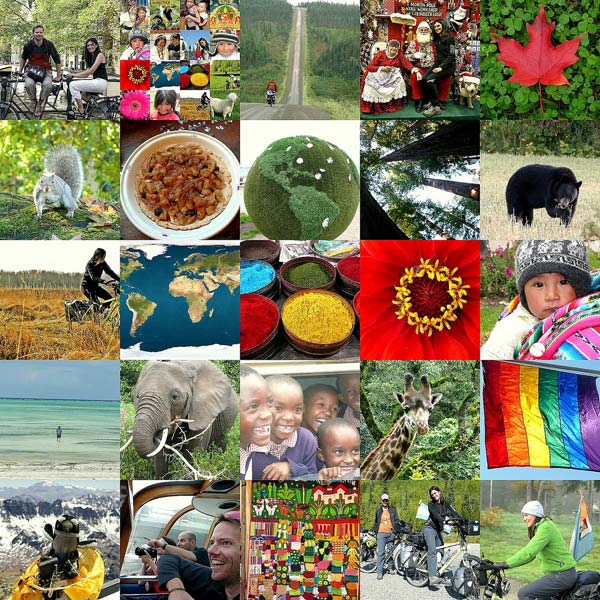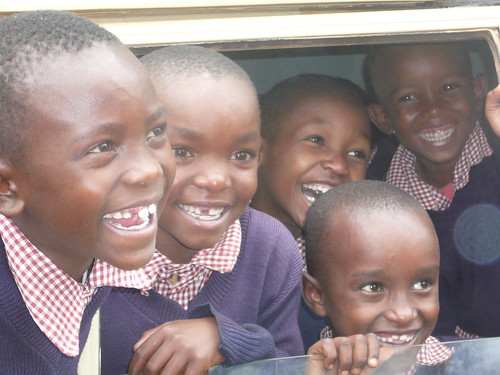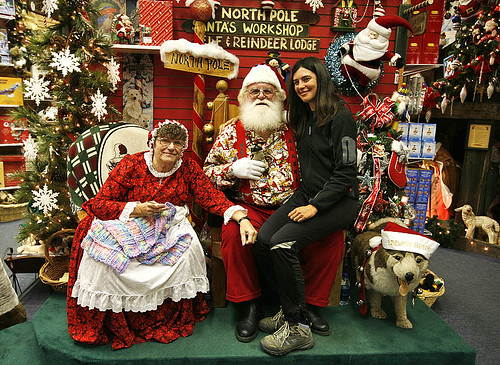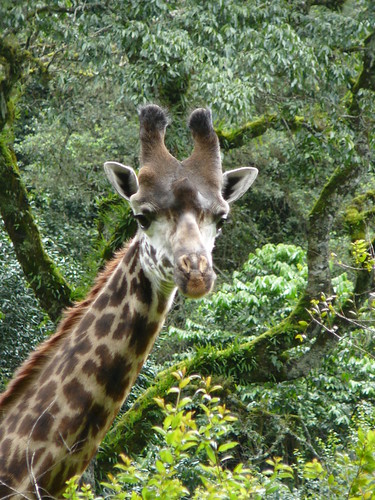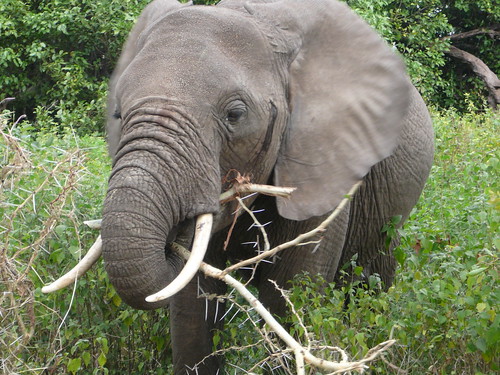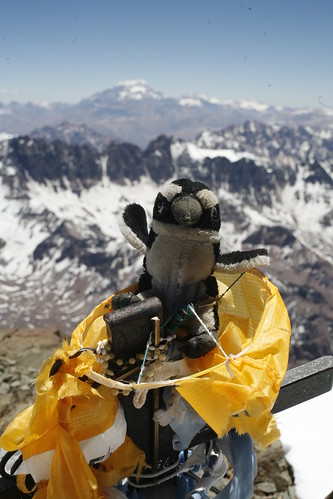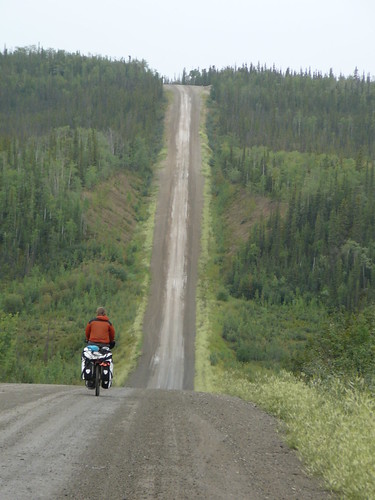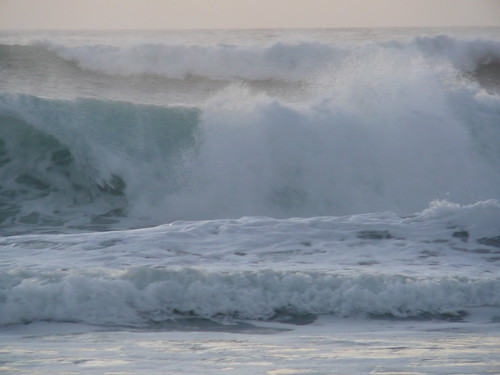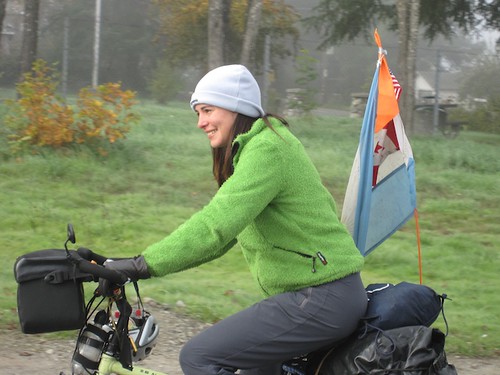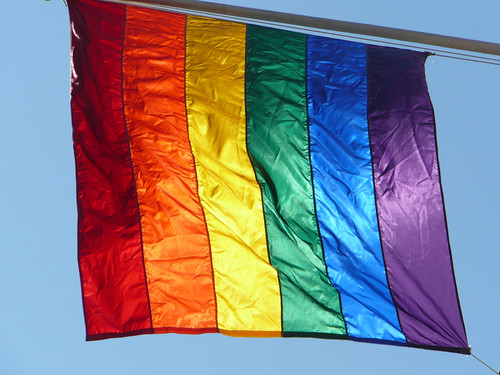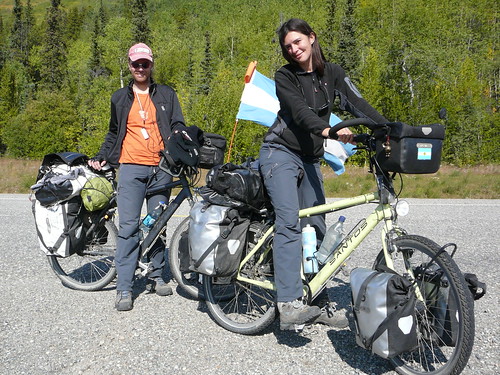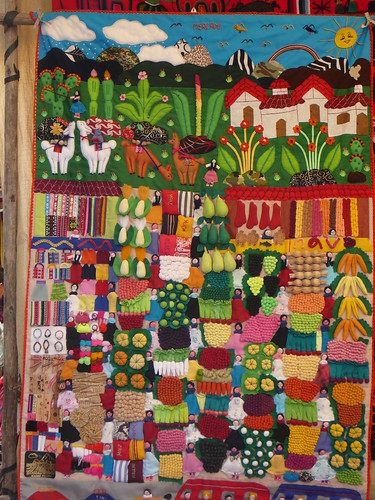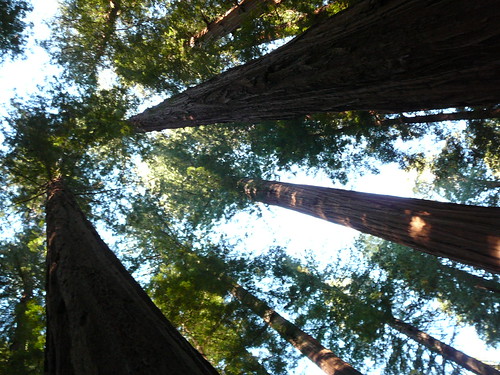Happy 2009
Ivana prepared a nice post for new years, looking back and ahead:
2008 was incredible…
We have been travelling all around the world the past year: from Amsterdam to Argentina, Peru, Australia, (Harry was invited by Jim, Thanks Jim), Istanbul, Tanzania and we started our trip by bicycle from Alaska to Ushuaia …
…It wasn’t just travel; the landscapes we had seen, the wonderful people we had met, the new friends… We enjoyed time with our family and friends that are far … Rediscovering the world, enjoying it, and learning how to take care of it …
We wish you all the joy for the new year…
Ilusions
Wonders and surprises
New challenges and dreams
Dreams to catch
The strength to make them possible
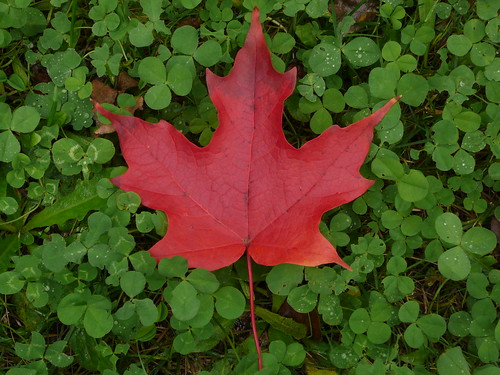 …The best luck
…The best luck
…and perseverance
Keep your curiosity
and the innocence of a child …
we wish you can find peace,
inside yourself and all around the world
…we wish you a year full of colors
and sweet flavours …
friends and…
….and partners for your adventures
enjoy the simple things …
…small …
and big, the beauty that surrounds us…
we hope that we can learn, all together to take care of our world…
Thanks for being with us in 2008. Thanks to the ones that supported us from their homes, to the people that helped us on the way, and to all the wonderful people that we keep meeting every day. Thanks, we can’t and we dont want to continue without you. We feel happy and most of all very Thankfull ! Happy 2009 !
Ivana and Harry
…and special thanks to our families and friends that we miss so much, We keep you in our hearts. Thanks for the patience and for suporting our adventures with so much love, as only you can do that..
1000 Americans: Loatian Hmong from Minneapolis in Samoa, California
December 9, 2008 by Harry
Filed under 1000 Americans
Samoa is not only the name of an island in the South Pacific, but also of a very small town in California.
And exactly here is one of the largest gatherings of the Hmong people in the USA, where all American Hmongs gather to celebrate Happy New year, in this case on 7th December of 2008.
This couple, who was selling a large collection of Karaoke DVD’s at the feast, came all the way from their home in Minnesota to celebrate. As Ivana had already met many Hmong during her bicycle trip in South East Asia, I had heard about them.
I asked him, why would a Hmong (Originally from the warmer part of the world), choose to live in Minnesota (not so warm in winter..), but we could not really understand each other.
Back online i started to investigate more and was surprised by the history.
Read the Wikipedia article, it gives a very interesting insight in the South East Asian ethnic group and their involvement in the US foreign politics in the area (Vietnam war etc).
Some quotes:
In the early 1960s, the U.S. Central Intelligence Agency (CIA) began to recruit the indigenous Hmong people in Laos to join fighting the Vietnam War, named as a Special Guerrilla Unit led by General Vang Pao. About 60% of the Hmong men in Laos were supported by the CIA to join fighting for the "Secret War" in Laos.[25] [26] The CIA used the Special Guerrilla Unit as the counter attack unit to block the Ho Chi Minh Trail, the main military supply route from the north to the south. Hmong soldiers put their lives at risk in the frontline fighting for the United States to block the supply line and to rescue downed American pilots. As a result, the Hmong suffered a very high casualty rate; more than 40,000 Hmong were killed in the frontline, countless men were missing in action, thousands more were injured and disabled.
The Secret War began around the time that the U.S. became officially involved in the Vietnam War. Following the U.S. withdrawal from Vietnam in 1975, the Lao kingdom was overthrown by the communists and the Hmong people became targets of retaliation and persecution. While some Hmong people returned to their villages and attempted to resume life under the new regime, thousands more made the trek to and across the Mekong River into Thailand, often under attack. This marked the beginning of a mass exodus of Hmong people from Laos.
Throughout the Vietnam War, and for two decades following it, the U.S. government stated that there was no "Secret War" in Laos and that the U.S. was not engaged in air or ground combat operations in Laos. In the late 1990s, however, several U.S. conservatives, alleging that the Clinton administration was using the denial of this covert war to justify a repatriation of Thailand-based Hmong war veterans to Laos, urged the U.S. government to acknowledge the existence of the Secret War and to honor the Hmong and U.S. veterans from the war. On May 15, 1997, in a total reversal of U.S. policy, the U.S. government acknowledged that it had supported a prolonged air and ground campaign against the NVA and VietCong.
Plans to resettle additional Hmong refugees in the U.S. have been complicated by provisions of President Bush’s Patriot Act and Real ID Act, under which Hmong veterans of the Secret War, who fought on the side of the United States, are classified as terrorists because of their historical involvement in armed conflict.[48]
Many Hmong/Mong refugees resettled in the United States after the Vietnam War. Beginning in December 1975, the first Hmong/Mong refugees arrived in the U.S., mainly from refugee camps in Thailand; however, only 3,466 were granted asylum at that time under the Indochina Migration and Refugee Assistance Act of 1975. In May 1976, another 11,000 were allowed to enter the United States, and by 1978 some 30,000 Hmong/Mong people had immigrated. This first wave was made up predominantly of men directly associated with General Vang Pao‘s secret army. It was not until the passage of the Refugee Act of 1980 that families were able to enter the U.S., becoming the second wave of Hmong/Mong immigrants. Today, approximately 270,000 Hmong/Mong people reside in the United States, the plurality of whom live in California (65,095 according to the 2000 U.S. census), Minnesota (41,800), and Wisconsin (33,791).



